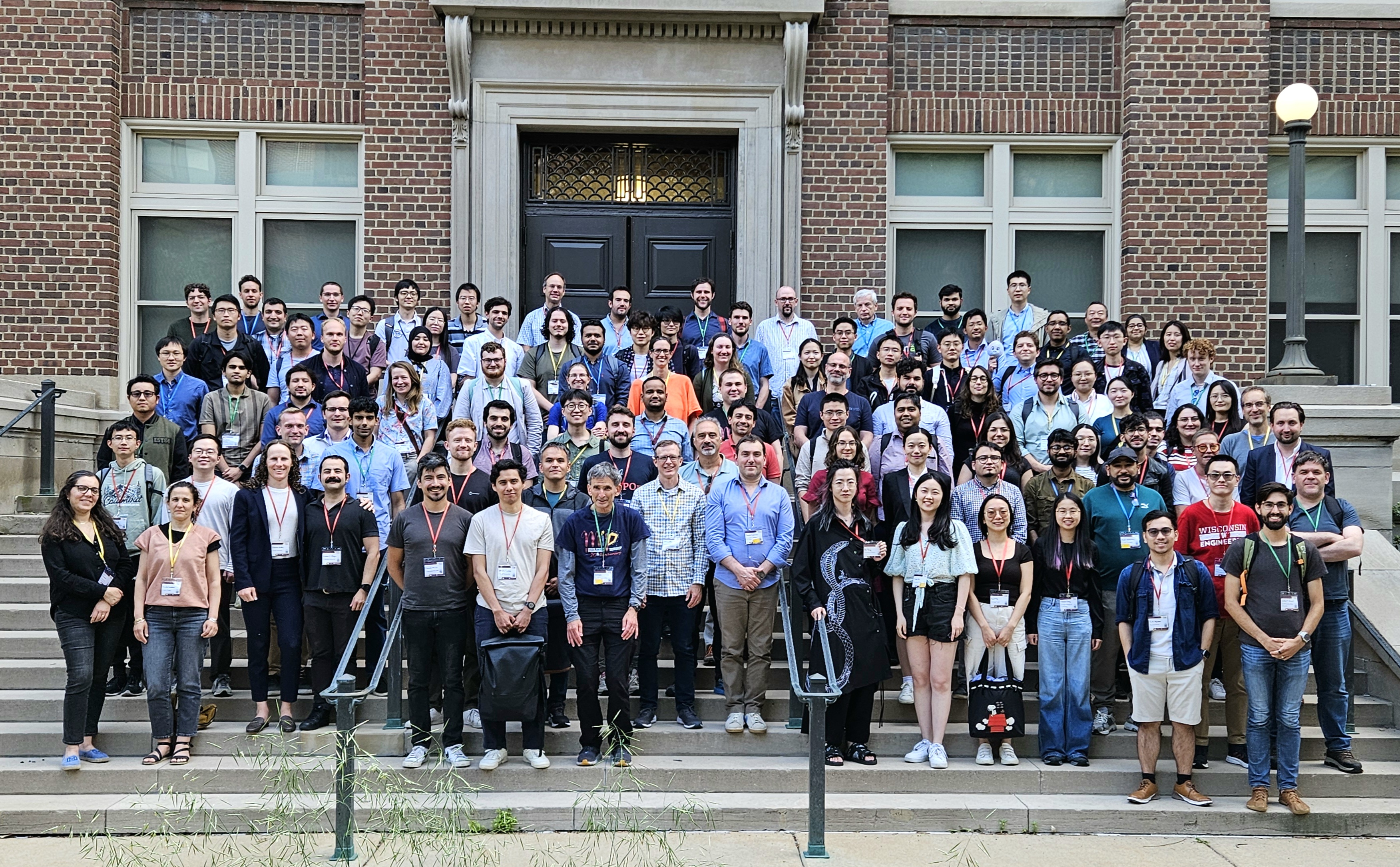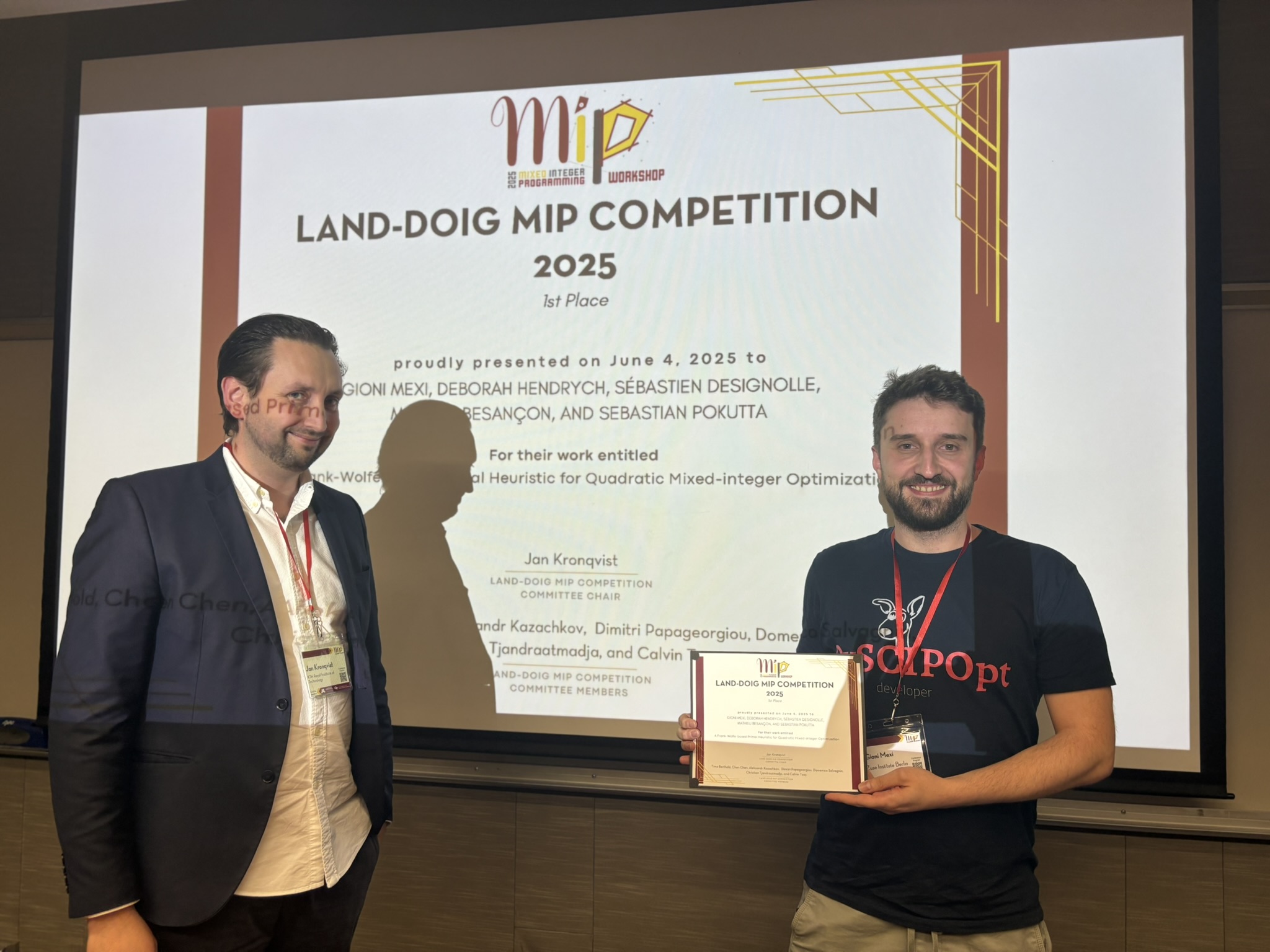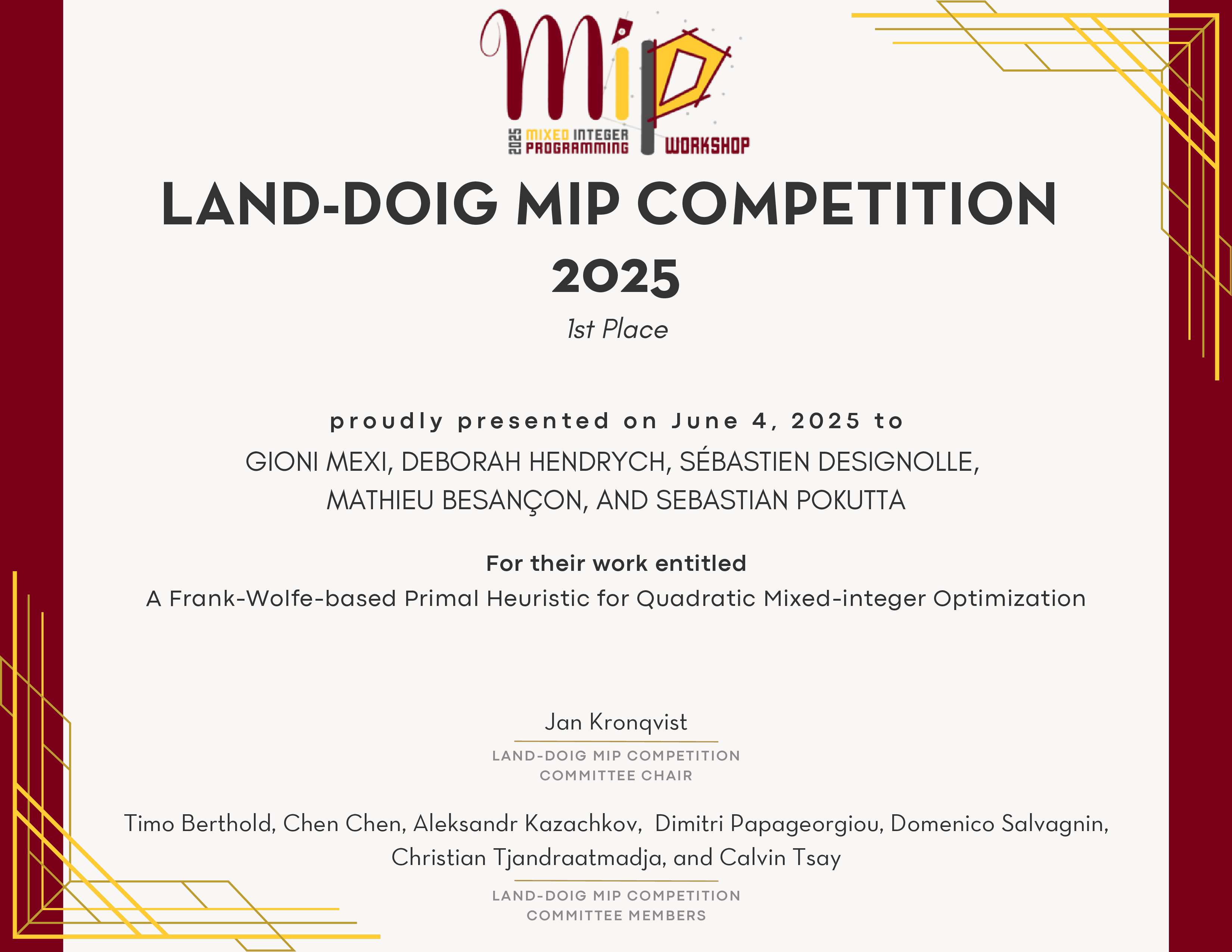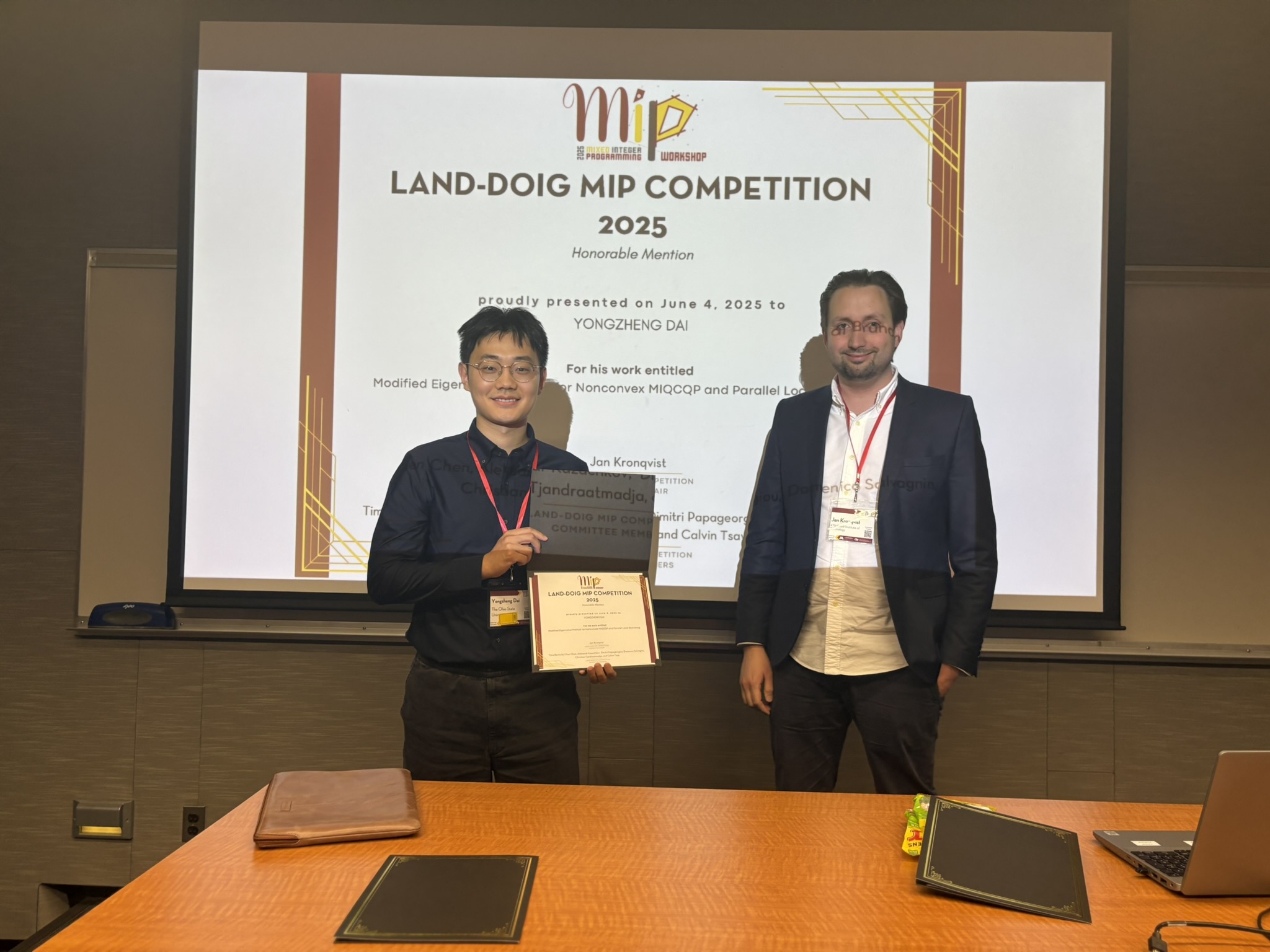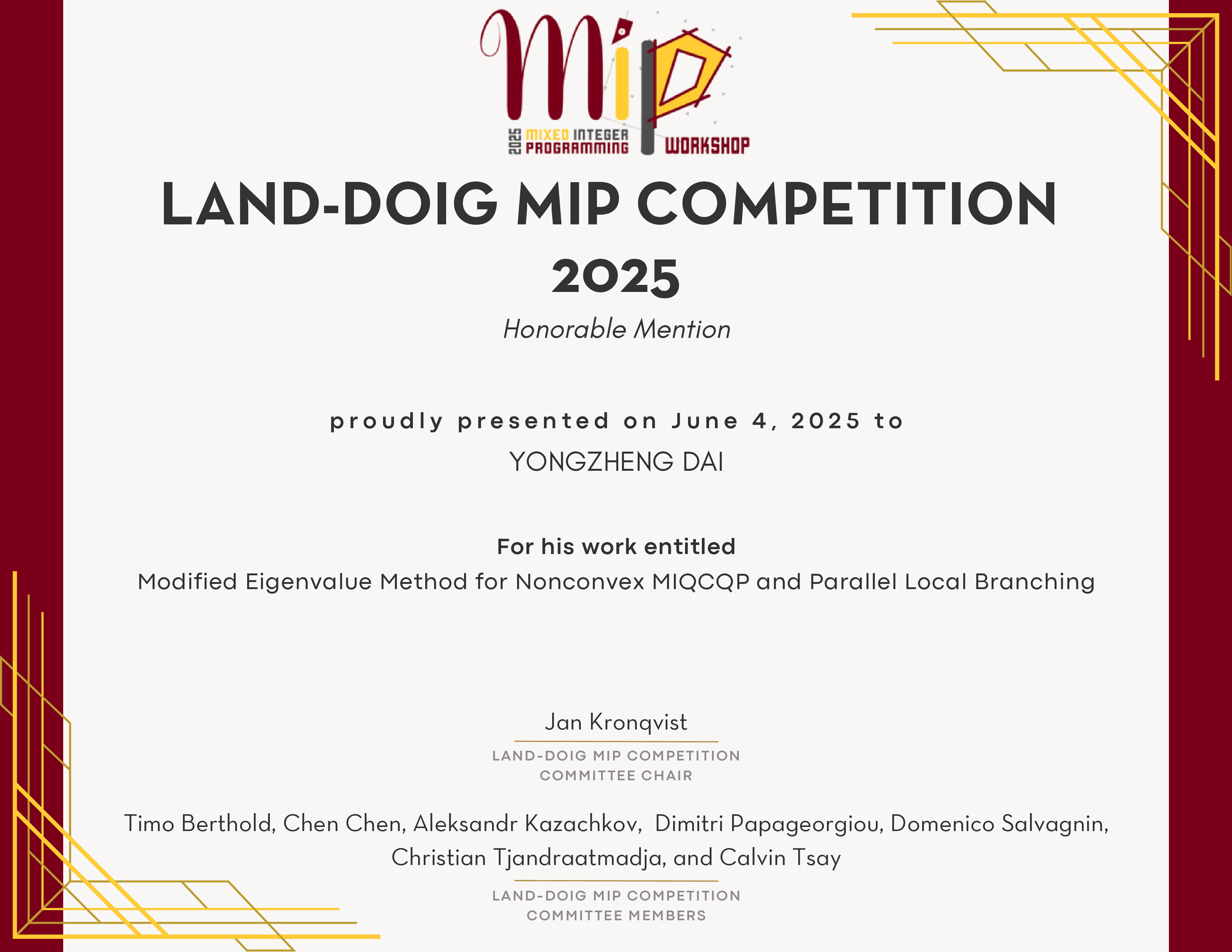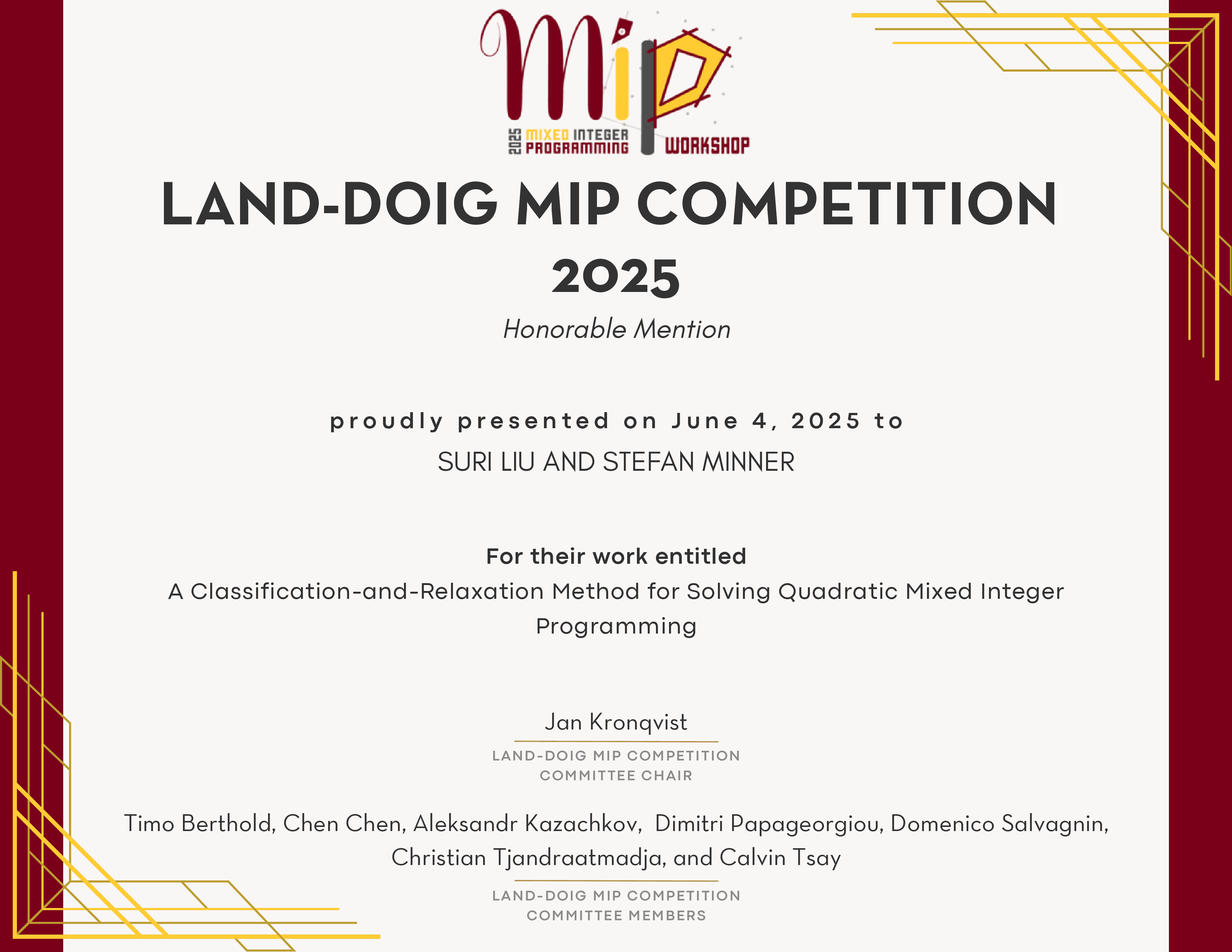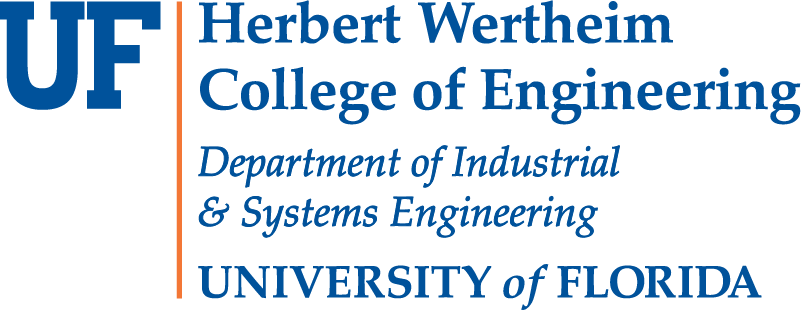Abstract: Travel time estimates are essential for a wide variety of transportation and logistics applications, including route planning, supply chain optimization, traffic management, and public transportation scheduling. Despite the large number of applications, accurately predicting travel times remains challenging due to the variability in (urban) traffic patterns and external factors such as weather, road works, and accidents. Travel times are generally stochastic and time-dependent, and estimates must be network-consistent, accounting for correlations in travel speeds across different parts of the road network.
In this talk, we will review several existing machine learning (ML) and operations research (OR) models for predicting travel times. Additionally, we will introduce a novel ML-based method capable of accurately estimating dynamic travel times within intervals of just a few minutes, using only historical trip data that includes origin and destination locations and departure times, without requiring actual itineraries. We formulate the travel time estimation problem as an empirical risk minimization problem, utilizing a loss function that minimizes the expected difference between predicted and observed travel times. To solve this problem, we develop two supervised learning approaches that follow an iterative procedure, alternating between a path-guessing phase and a parameter-updating phase. The approaches differ in how parameter updates are performed, and therefore have different performance characteristics.
We conduct extensive computational experiments to demonstrate the effectiveness of our proposed methods in reconstructing traffic patterns and generating precise travel time estimates. Experiments on real-world data shows that our procedures scale well to large street networks and outperform current state-of-the-art methods.

